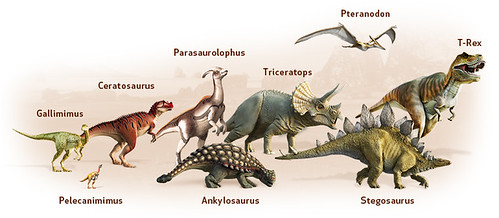I call it storytelling, and not simply writing, because writing, at least in school, has been reduced all too often into a boring, drill and kill skill. Being able to turn that skill into a story, however, is an art (plus, kids are much more excited to learn "storytelling" than plain old "writing.")
The kids were hooked.
We practiced our voices and movements, then learned about the story mountain (and I mentioned they would learn later it's called the "plot diagram.")
 Finally, time for the writing. I found "Yolanda the Yarnspinner" in the Primary Education Thinking Skills books. She talks of using "colorful language" to tell a good story, encouraging kids to use words like "billowing" and "sparkles."
Finally, time for the writing. I found "Yolanda the Yarnspinner" in the Primary Education Thinking Skills books. She talks of using "colorful language" to tell a good story, encouraging kids to use words like "billowing" and "sparkles."I turned them loose with sentence starters: "The baby cried" and "The dog barked."
Then came what I had been afraid of.
"I'm done!" one munchkin announced, about 5 minutes into her writing. "Me, too!" another exclaimed.
I had to act fast.
"Oh, my friends," I announced in a dramatic voice. "I think you have that disease. That terrible disease."
I shook my head.
"What disease?" one asked, completely hooked.
"Done-itis," I pronounced. "You think you can rush and rush and yell 'I'm done!'"
I hammed it up. "I'm done! I'm done!" I yelled in silly voices.
They giggled.
"Do you think Robert Munch -- the guy who wrote the Paper Bag Princess -- rushed through his story and yelled 'I'm done!'"
"Noooooo," they chorused.
"Nope," I agreed. "Or do you think he wrote, and he thought about it, then wrote some more, then thought some more, then wrote again -- and finally, finally, after lots and lots of work, he leaned back, smiled and nodded, and announced, 'Yes, I am done.'"
They nodded. Yup, that's exactly what he must have done, they concluded.
"So, my friends," I asked. "Are you really done? Or do you still have more thinking to do?"
They smiled and turned back to their writing, and for another ten minutes (an eternity in a 6-year-old's world), my room was silent as eight little hands put pencil to paper. I got stories of alien mothers and snowman babies, robbers and werewolves. Stories they were proud of. Stories they were excited to share. Stories that they knew they had put some hard thought into -- and stories that, when they were done, were really, truly done.





